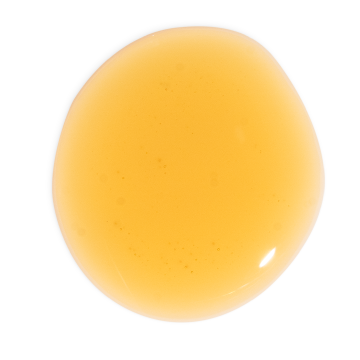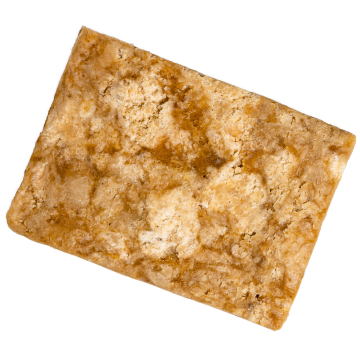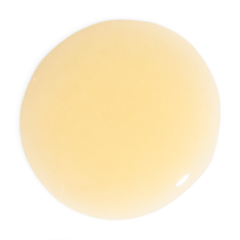African Black Soap
- Cleansing
- Foaming
| INCI | African Black Soap [Butyrospermum Parkii, Cocos Nucifera, Potassium Hydroxide] |
|---|---|
| Uses |
|
| Type | Natural |
| Kind | Soap |
| Also Called |
|
| Usage Guidelines | Up to 40% |
| Form | Marbled deep brown solid, with a soft, crumbly texture or a light brown aqueous solution |
| Products | Shampoos, Body Washes & Shower Gels |
| pH | 9 - 10 |
| Alternatives |
|
African black soap
African black soap is a natural soap native to Africa, made from harvesting plants such as cocoa pods, plantains, and palm tree leaves. This is then combined with shea butter and/or coconut oil - although the ingredients may vary dependent on the region. It has a signature deep brown hue with a marbling effect, as a result of the drying and roasting of its base ingredients.
Benefits of African black soap
African black soap is renowned for its nutrient-rich and gentle cleansing, it is considered one of the mildest natural soaps available. Black soap shines in natural cleansing formulas as it produces a dense lather that adds creaminess and moisture to formulations. It’s a versatile natural soap that can be used as both a primary or secondary surfactant. When combined with other surfactants, it boosts the foaming and cleansing capabilities of a product without the need for additional harsh or synthetic surfactants. Black soap is particularly useful in oil-free formulations as it can provide emollient properties derived from coconut oil and shea butter.
How to tell authentic African black soap
African black soap can range in colour from pale to dark brown, but its appearance is never completely black or uniform. It has a soft and textured crumbly surface with a marbling effect. Authentic black soap is still made traditionally in communities native to West Africa. Try to purchase authentic black soap from vendors that source and work with local communities.
How to use African black soap in formulas
Whilst black soap can be used as a sole cleanser, natural soaps tend to be quite drying on the hair and skin. It works best when combined with other surfactants to create nutrient-rich, milder formulations that can be used on all skin and hair types.


